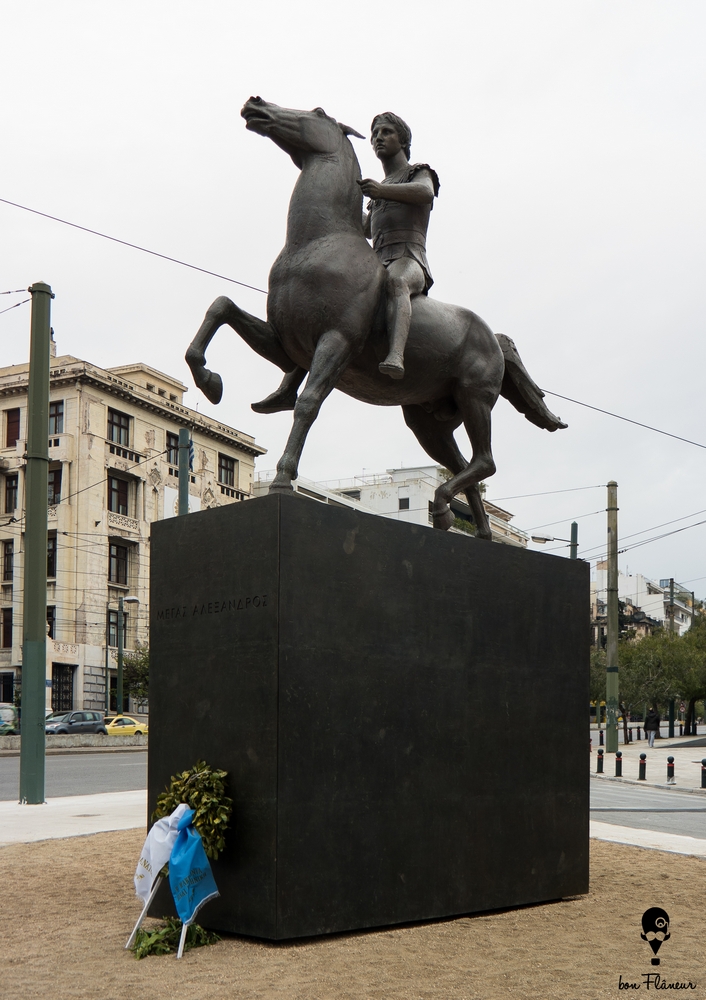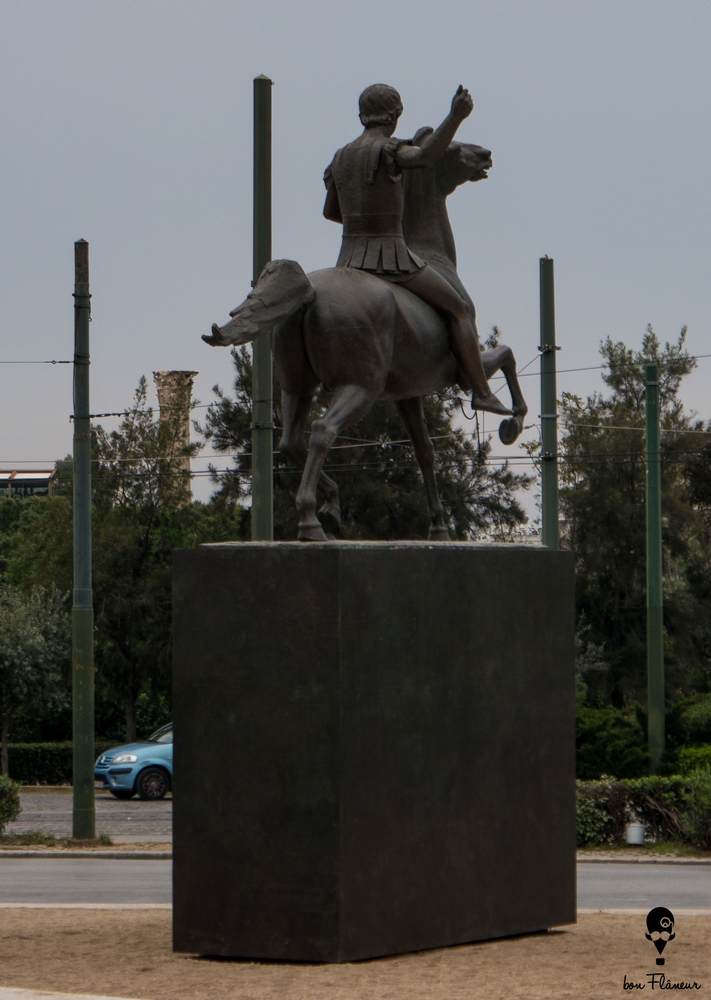Alexander the Great
Equestrian statue of the teenager Alexander the Great, work of Giannis Pappas.
Location
Timeline
Modern and Contemporary era (1821 - )
1941 Its creation began.
1973 Completed.
1992 Exhibited for the first time in the National Gallery and bought by the Ministry of Culture.
2001 The Ministry of Culture donated it to the Municipality of Athens.
2019 Placed in its current position.








Share